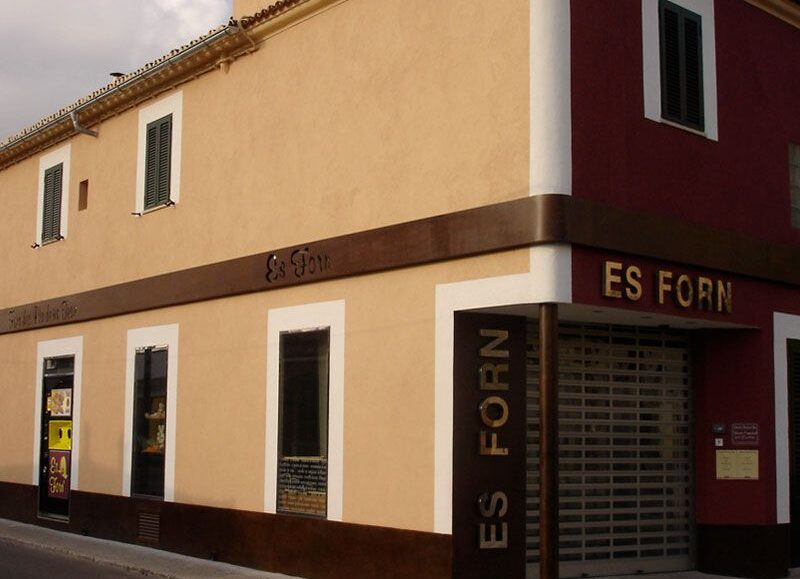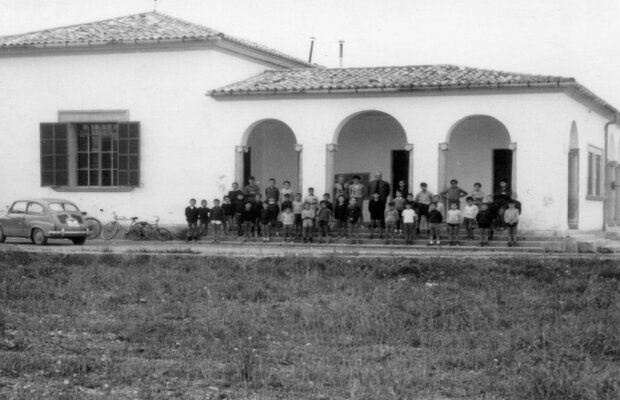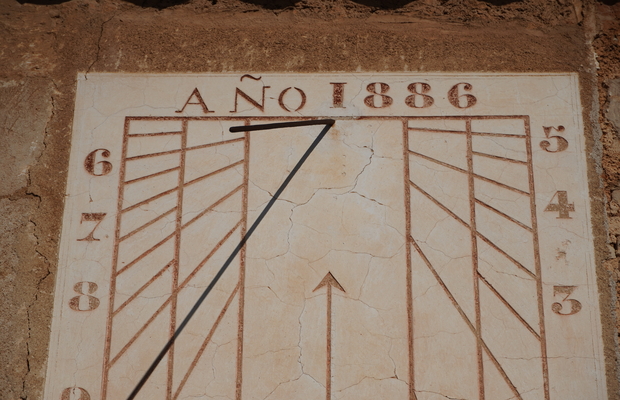Culture
PLACES FOR CULTURE
There are many places in Marratxí where culture is the protagonist. We have museums, libraries, exhibition halls, churches, monuments, itineraries and many stories to tell you. Because in Marratxí, culture does have a place.
HISTORY The walls of the Forn del Pla de na Tesa preserve 125 years of a rich family history that, generation after generation, has preserved tradition and artisanal excellence, becoming an emblematic business for the municipality of Marratxí. On July...
Why there were hostels on Pont d’Inca? Es Pont d’Inca is the youngest of the historical centres of Marratxí, but it is also the one that grew the fastest due to its strategic location around the Inca road and on...
Collecting groundwater has always been a priority in Mallorca, where water resources are scarce. For this reason, as we move away from the mountains, we find an abundant number of wells scattered all over the island, most of which are...
The Son Caulelles cave, also known as cova des Moro, is considered the most outstanding prehistoric archaeological site in the entire municipality. It bears witness to one of the first civilizations that inhabited the Balearic Islands during the Bronze Age,...
Photograph loaned by CEIP Gabriel Janer Manila During the 18th century, also known as the century of the Enlightenment, a new concept of education began, understood as the basis of the future society. Around this movement of European reformism, led...
Its social importance Until the mid-19th century, the village of Pla de na Tesa did not have its own church. Around 1857, the owner of Son Alegre, one of the most important estates in the area, promoted the construction of...
At the end of the 19th century, the village of Pont d’Inca already had more than 400 inhabitants. Even so, it did not have its own church, which is why the inhabitants of Pont d’Inca had to go to mass,...
This tower that we can see on the façade is part of an old flour windmill, popularly known as the Molino de ca’n Pere Antoni. In the same way, very close to this one, we also find the Molino des...
This bridge, built with marés blocks and dating from the 19th century, was rebuilt with the aim of overcoming the obstacle posed by the Coanegra torrent, thus improving communication between two prominent estates: Es Caülls and Son Sale. It is...
Church of Sant Marçal The first known church that existed in Marratxí was in the 13th century, years after the conquest by Jaume I. It belonged to Santa Maria del Camí and was dedicated to Sancta Maria de Barraxino. A...
If you are passionate about art or architecture, you have a mandatory visit to the different churches of Marratxí. Each of them has a different style and a story that characterizes them. Sant Marçal, a Baroque-style church where the carving...
A flour windmill is the building where the Museu del Fang is located. The Town Council of Marratxí acquired the building in 1977, but it was not until 2002 that it was refurbished and opened as the Fang Museum. A...
S’Escorxador is a space that has been recovered by the City Council, especially as an art exhibition centre. In addition, you can also find the ceramics school.
This site uses cookies. Find out more about cookies and how you can refuse them.

















